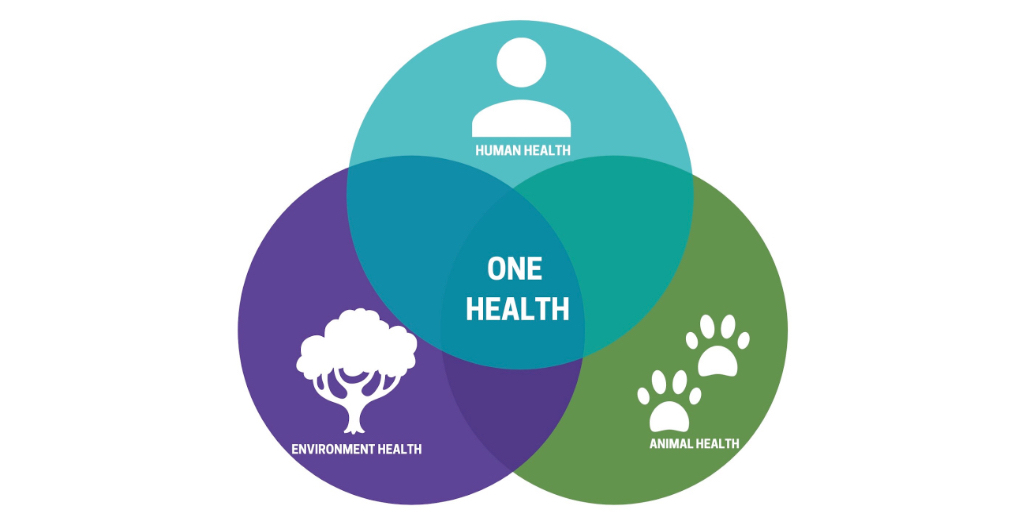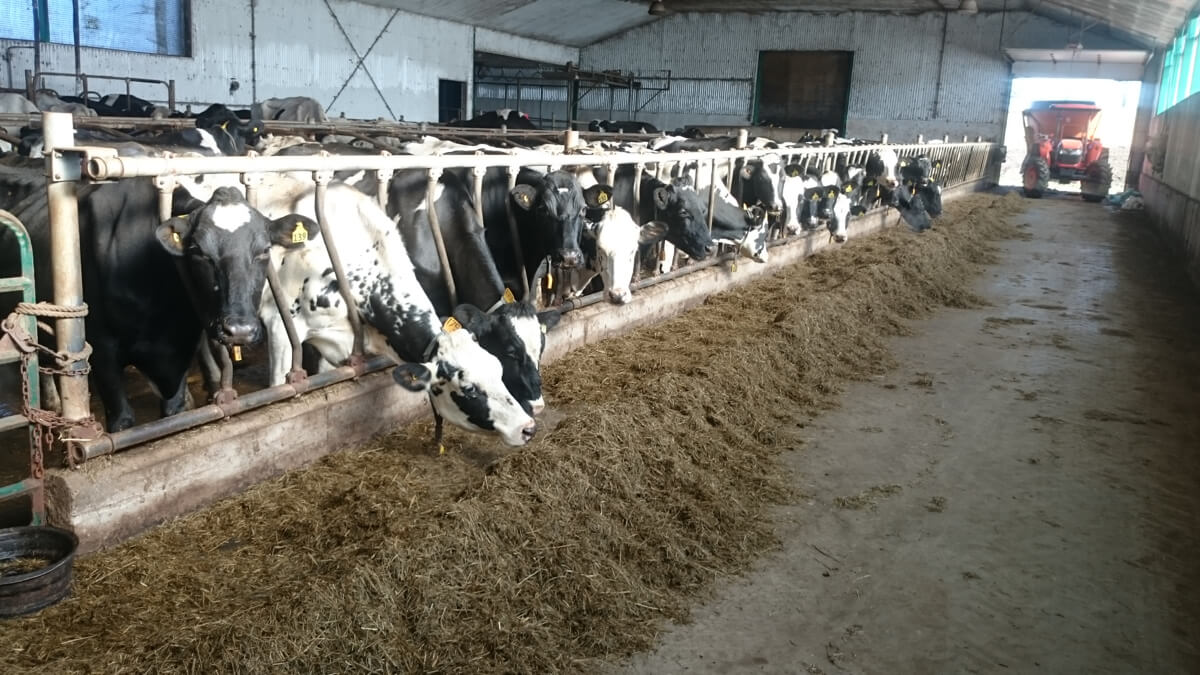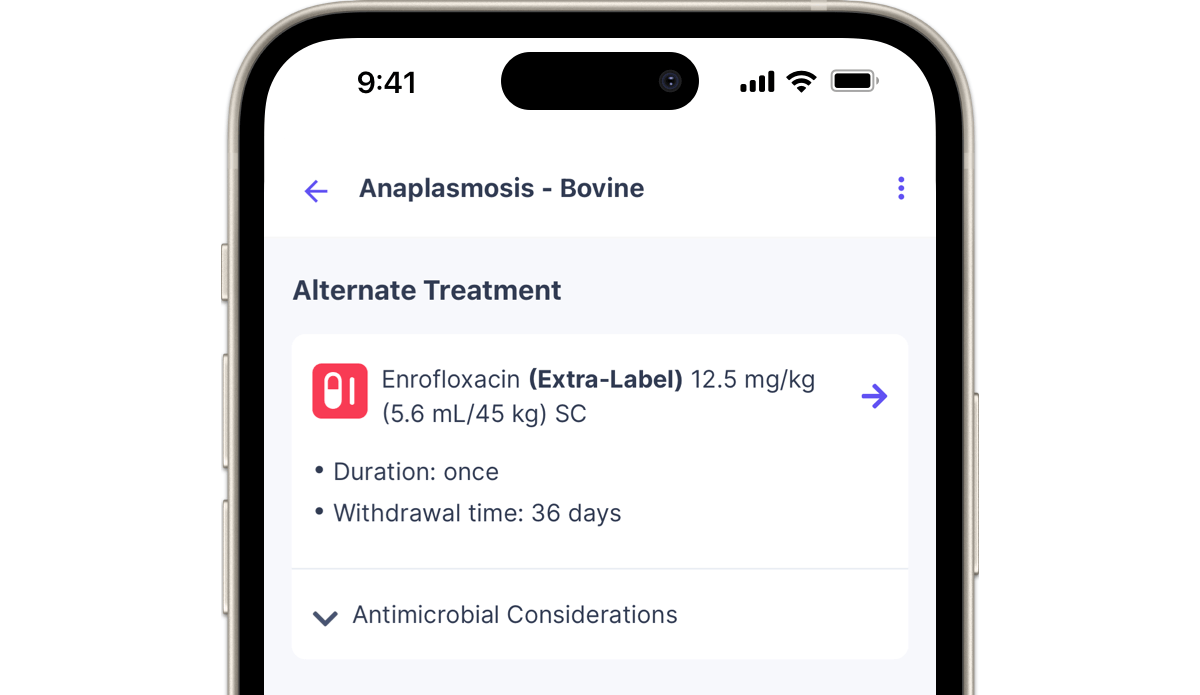Antimicrobial resistance (AMR) is one of the top global health threats of this century. People, animals, and the environment are inextricably linked and are all being adversely affected by the steady growth of antimicrobial resistance. To combat AMR, we must work collaboratively across all sectors and disciplines, using a One Health approach.
Antibiotics play an essential role in agriculture and food production, and if not used properly, can lead to challenges in supplying food to nourish the growing human population. The Canadian Veterinary Medical Association (CVMA) recently released its latest edition of veterinary infectious disease guidelines on the Firstline app. It includes guidance on managing and treating infections, not only in companion animals but also in food and production animals. Using the Firstline app, the CVMA can easily distribute its guidance into the hands of veterinarians, and quickly make changes as new information becomes available.
Dr. Murray Gillies is a veterinarian and a producer in the Canadian dairy industry. He is also the lead dairy author of the CVMA’s veterinary infectious disease guidelines. Dr. Gillies leads us through the key issues and opportunities in AMR in this field and the importance of embracing a One Health approach.

"We depend on antibiotics to produce food - it plays an important role in agriculture and food production, which includes both plants and animals." - Dr. Murray Gillies, DVM
Antimicrobial resistance in veterinary medicine
In parallel to human antimicrobial utilization, the veterinary industry faces the risk of antimicrobial resistance. With the rise of resistance, higher doses or alternative products may be required to effectively treat an animal’s infection. Some products may also require higher doses or duration to adequately penetrate different organs where the infection resides. Veterinarians who work with food animals are also limited by the available products approved for use. For example, in the dairy industry in Canada, there are only five injectable antibiotics approved for use in dairy cattle, and not all of them are always available. Dr. Gillies explains, “It is difficult for veterinarians and producers to keep all the information on which antibiotics go to which organs, which antibiotic is effective against which bacteria, which dosage regimen you should be using, and how long you should be treating. This is where accessible guidance can be useful in determining the best treatment regimen while ensuring good food safety.”
Since its launch, the CVMA guidance accessed via the Firstline app has seen more and more veterinarians and students using it each day. Dr. Gillies is optimistic that, “as the information in the guidelines and the app expands, it should become an even more effective tool, primarily because it can be updated relatively quickly with new information and findings.”
 M Gillies & Sons Ltd. Dairy Farm in Belleisle Creek, New Brunswick, Canada.
M Gillies & Sons Ltd. Dairy Farm in Belleisle Creek, New Brunswick, Canada.
Additional challenges in treating infections in food and production animals
As a veterinarian and dairy producer, Dr. Gillies has also seen his fair share of challenges in treating infections in production animals. An imperative for production animal veterinarians, he says, is to consider secondary effects such as food safety and medication residues when treating food and production animals with antimicrobials or other drugs, and to be mindful of what enters our food supply and the wider environment.
Since diseases and treatments are constantly changing and the product labels can be out of date, veterinarians often have to resort to “extra-label” or “off-label” drug use to effectively treat different bacterial infections. Such extra-label use may include higher dosages or longer treatment durations. However, extra-label use dosing regimens are not usually present on the product. The challenge is, Dr. Gillies explains, “we need guidance to ensure that in all use cases, the withhold times are still being followed so that we can adhere to the regulations of the Canadian dairy industry.”
Veterinarians can access the most recent recommendations on extra-label withhold times through the Canadian global animal residue avoidance data bank (CgFARAD). However, this process is often lengthy and must be done on a case-by-case basis. To address this barrier, Dr. Gillies and the CVMA team put the treatment recommendations into the CVMA version of Firstline to help veterinary providers access information quicker, while still ensuring that the food we are consuming is safe and residue-free and that the animals are also getting appropriate treatment.

Expanding guidance to dairy producers
Dr. Gillies is also working on decision support guidance specifically for dairy producers. In the dairy industry, it is often not the veterinarians providing the treatments, instead, it is the dairy producers. According to Dr. Gillies, there simply is not the vet capacity to examine every animal that shows signs of illness on a dairy farm, especially if there is a big feedlot. Producers look at the animals every day and have to make a decision whether or not to treat an infected animal. Producers usually have a prescription and products on hand for a range of diseases commonly seen in dairy animals, and their close proximity allows them to initiate treatment, when required, as soon as possible.
Since dairy producers have such a large role in identifying sick animals that require treatment, they need support in making treatment decisions. And whereas veterinarians need support on how to treat, dairy producers need support on when to treat. Dr. Gillies is working on creating guidance on identifying animals that may require antimicrobial treatments or should continue to be monitored until they show signs that require treatment.
Whilst dairy producers do not fall under the umbrella of the CVMA, they are the ones that drive antimicrobial use in the dairy industry. By way of this project, Dr. Gillies hopes to see “better use of antimicrobials, and eventually, to get to a point where we are using fewer antimicrobials year over year. This would benefit human, animal, and environmental health.” He warns, “If we don’t look after this, the effects can be very devastating. If COVID has taught us anything, it’s that these microbes are out there, and they will continue to make life difficult for us if we don’t keep up with our understanding of them and our ability to keep them at bay.”
